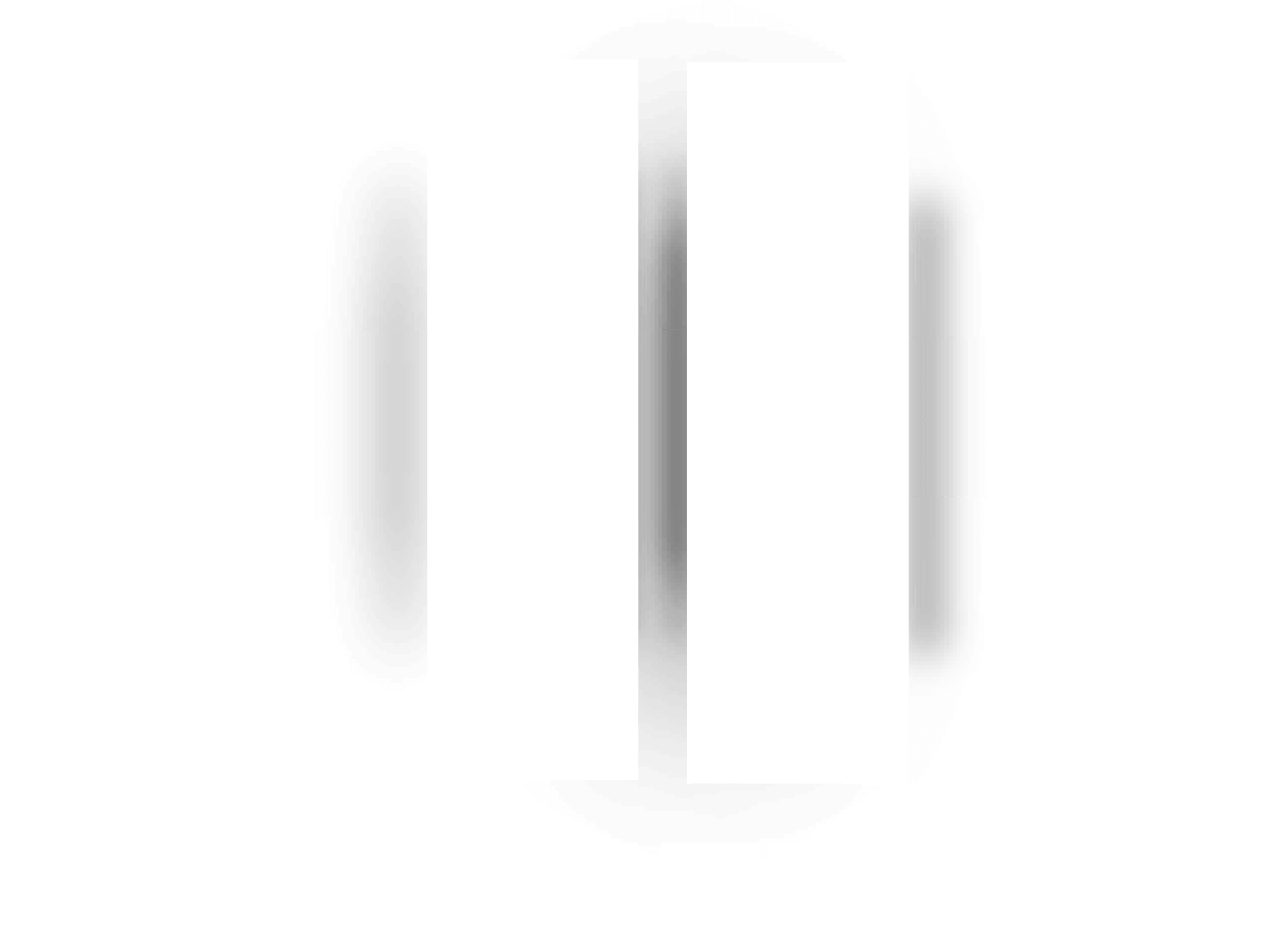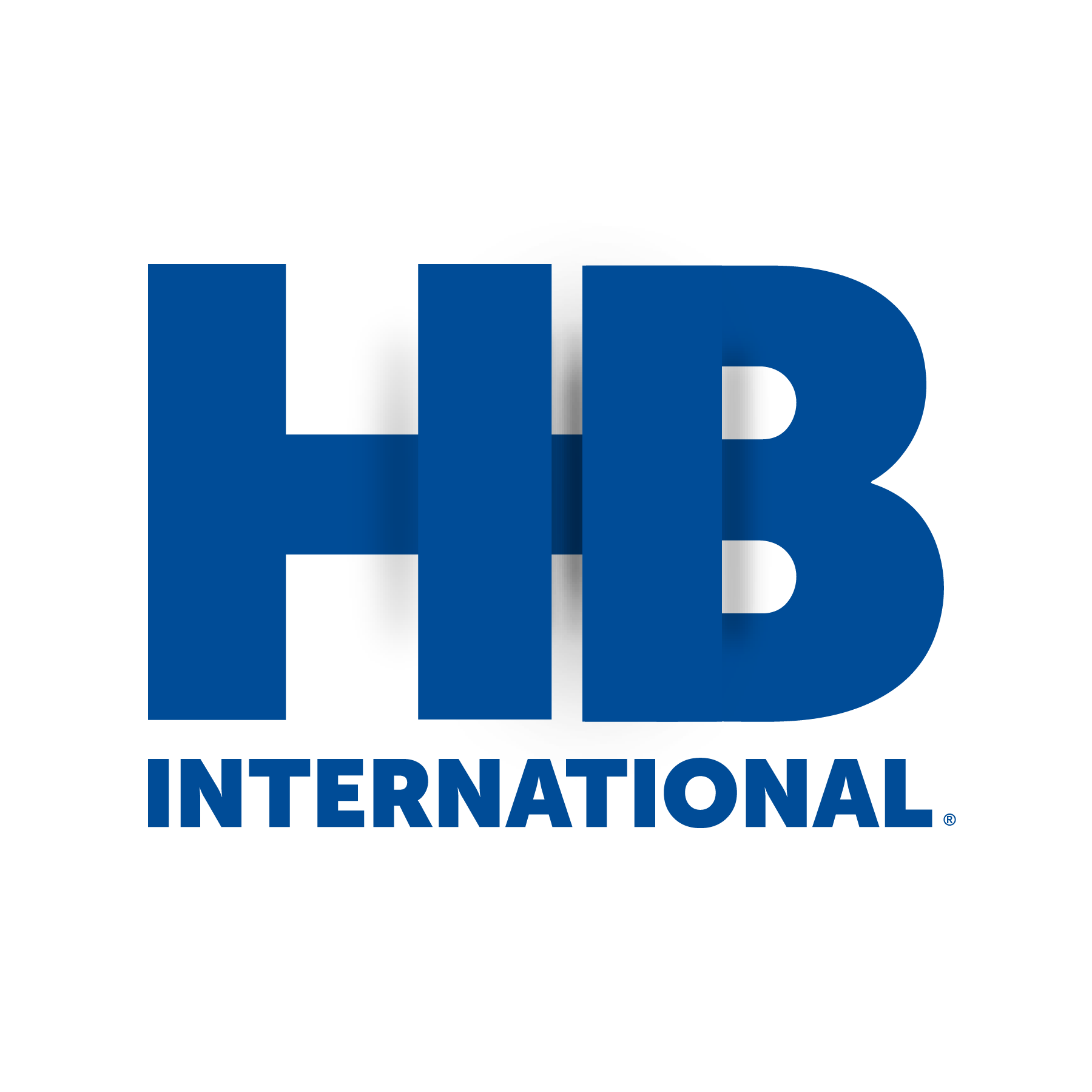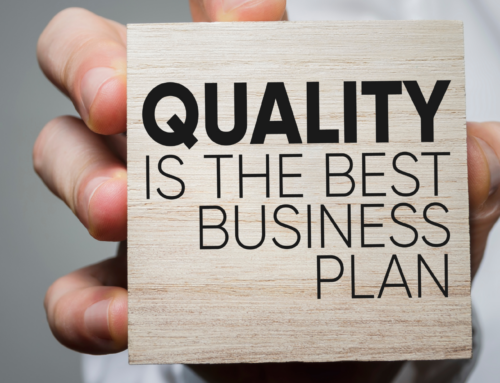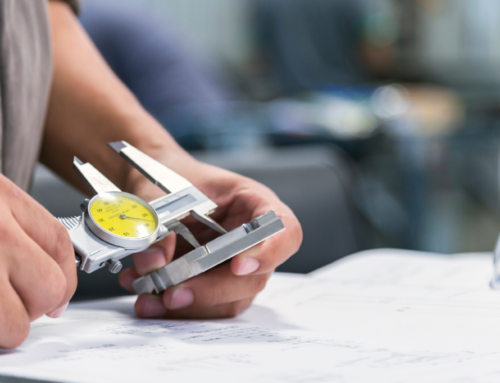From Idea to Market: Making Sense of Your New Product Development Process
As product demands are ever-changing, businesses must continue to stay relevant by continuously developing products that keep up with the evolving needs of their customers. Whether you’re rebranding current products or offering new products to fill a consumer’s demand, your team is working through a series of tasks known as the product development cycle. New products can improve relationships with customers, suppliers, and distributors while simultaneously broadening a company’s market and creating new opportunities. However, developing these new and rebranded products stems from the question, ‘How efficient is your development process?” From screening an idea to getting the product seamlessly integrated into the market, how proficient is your product development process?
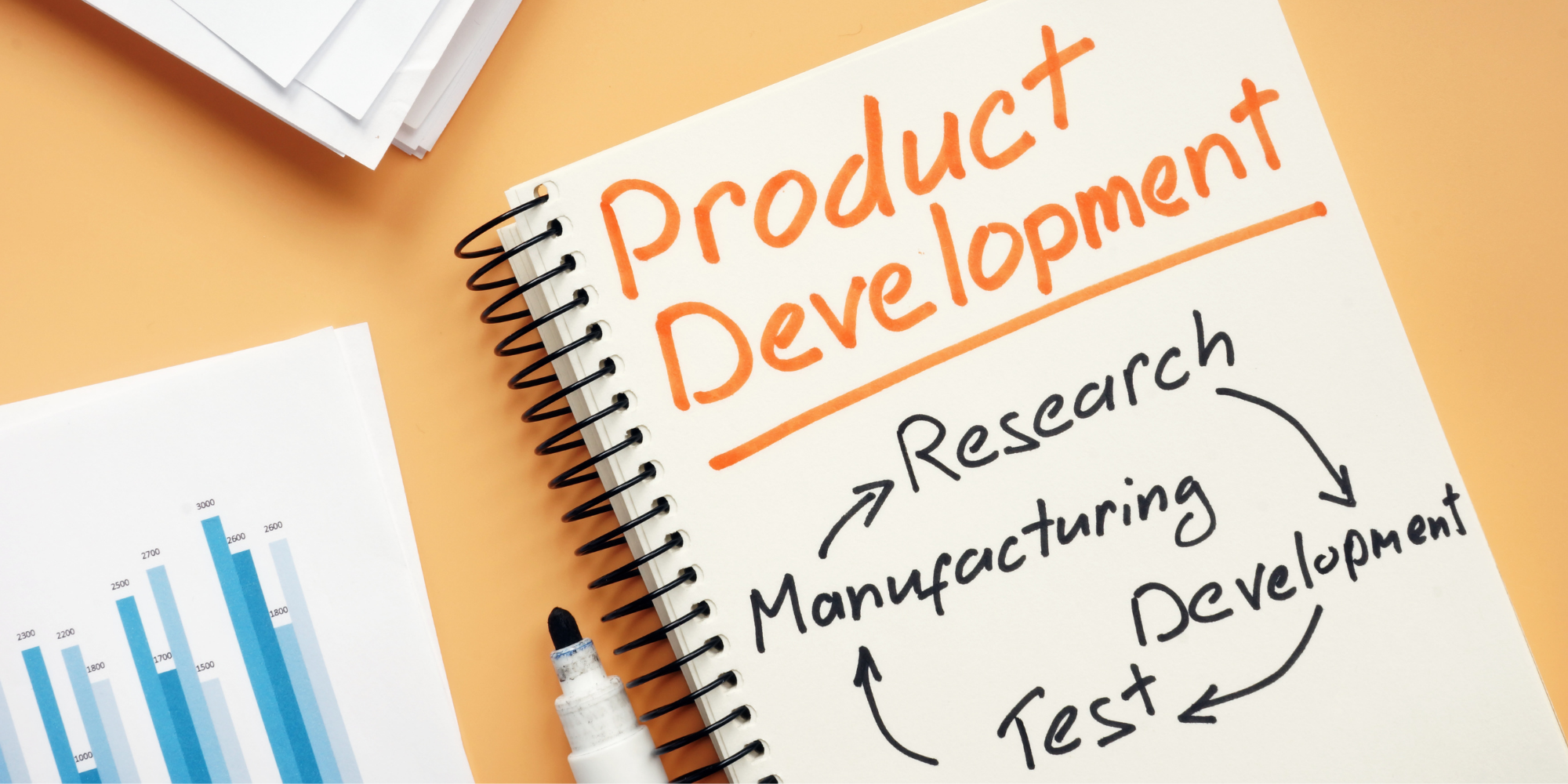
April 29, 2021
![]()
“Don’t find customers for your products, find products for your customers,” Seth Godin.
Competitive Advantage: Providing Value to Your Customer
New idea? Rebranding? Looking to expand into other markets? Replacing a current product? There are many reasons companies develop new products. For companies to be competitive, unique products provide opportunities for companies to stay ahead of their competition. From ideation to market, the process of new development must run efficiently. Time is of the essence, and while technology and customer demands continue to evolve rapidly, any potential hiccups or delays in production have the potential to impact companies financially.
Not all processes are perfect; however, an efficiently run process with options to eliminate potential speed bumps and disruptions will help to get your new product through its initial screening to its customer in a competitive and acceptable timeline.
![]()
The “Aha!” Moment
Welcome to the first stage of the product development process! Of course, not all ideas make it through this stage; those that do make it out of this stage have a long road ahead of them for good reasons. Creating a product for a customer takes creative energy, a lot of risk, costs money, and time. In this stage, businesses are looking to adopt a current product within a market, reconfigure an existing product, or develop an entirely new product. To stay efficient, ensure ideas and fresh new concept developments are relevant to customer needs. New product development ideas need to be genuine to your customer’s demands.
“Many times people don’t actually know what they want till you show that product to them,”
Steve Jobs.
![]()
Worthy of Production? Don’t Make Assumptions
Is your new idea worth developing? You may have a great, new innovative idea, but how do you know it’s going to work? Take time to ensure customers will use your product. It’s certainly not worth the time, cost, and efforts developing if it’s not going to benefit your target audience. Ensure you conduct behind the scenes product screening and research to ensure this new development meets the customer’s criteria and objectives. Measure the competitiveness of your new development against current products. Take your idea to potential customers, suppliers, and even research your competition. Are they interested? Look for this as an opportunity to get feedback from unbiased audiences and use it to gauge the demand for your product before you even start production. Inquiring potential customers enables you to investigate both your current and past customers, and their product likes or dislikes, as well as suggestions or complaints of your competitors to highlight potential weaknesses and areas to avoid.
User Testing, Product Tweaking: The Importance of Product Specifications
A critical component that shouldn’t be overlooked. You’ve established an idea and shared it with your customers. You’ve done the research; now you have a prototype. Here is where you provide an opportunity for individuals to test your product and see if it meets the customer’s objectives in real-time.
Indeed, there will never be one specific user, and that is the beauty of new products. Customers are unique, and no two users are ever the same. By engaging a variety of personas to interact with your product, you encompass multiple users and allow your product to acquire various performance functions. What works for one user may not work for another, and this opportunity will enable you to see what additional functions or features you may need to incorporate or eliminate.
Through your product’s prototype and testing, you will acquire product specifications that will highlight and target your product’s natural functions, explicitly targeting your customer’s needs. Product specifications entail a checklist of tasks that your product goes through to allow its best performance, performance under stress, and performance at its natural state. This checklist of functions highlights your product’s usage, product areas that run efficiently, as well as areas where your product needs improvement and perhaps redesign.
Look at it this way. Wouldn’t you rather spend money on improving a prototype’s design and functionality than a product that is constantly receiving quality issues, complaints and isn’t meeting customer expectations?
![]()
Launch & Assess in 3….2….1
The time has come to present your new product to your target audience. Do you have a detailed launch plan? Does the timing of your new product launch enable your target audience the most need for its use? It would be best if you were looking to use your new product launch to gain momentum from your customers. Make the most of your opportunity to launch your new product by ensuring it is the most suitable time for your customers to benefit from its features. Ultimately, this suggests conducting enough research during the planning phase to investigate and learn about your target audience to decide when it will be the most valuable time for them to use your product against your competition.
Having a structure for your product launch will allow you to evaluate A) how efficient your launch schedule is, as well as B) the ‘what-ifs’ that will stem from your initial launch.
Are you actively assessing? Keep the momentum, stay moving and remain competitive. Customers who are interacting with your product are always willing to share their opinions, and it’s your responsibility to make sure you’re actively listening. Simply because you’ve launched your product doesn’t mean it’s time to sit back and wait for things to happen. Your competition isn’t waiting. They’re already assessing your newest development and inquiring with customers in ways to make your new product even better! Stay relevant and remain competitive… It’s back to the drawing board!
How Can HB International Assist You With Your Next Project?
As a global manufacturing agency, our team is dedicated towards helping you achieve the best for your business, as we work hard to ensure you, your customers, and your products continue to be competitive. We service many different industries in order to provide our customers with the very best service and product quality. HBI’s highly-skilled project managers and quality assurance team work directly with our approved suppliers to ensure products are developed, tested, and produced within an appropriate timeline that provides your customers with high-quality products and the ability to remain competitive.
Let us know how our team of experts can help you get started on your next product journey!
